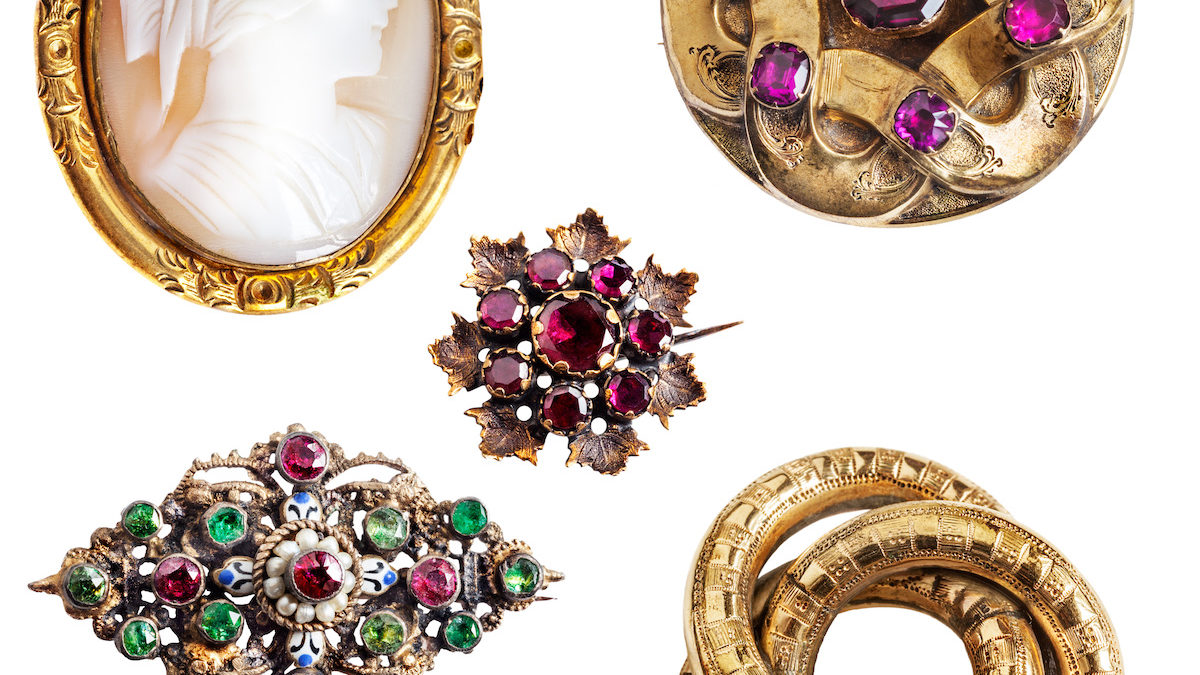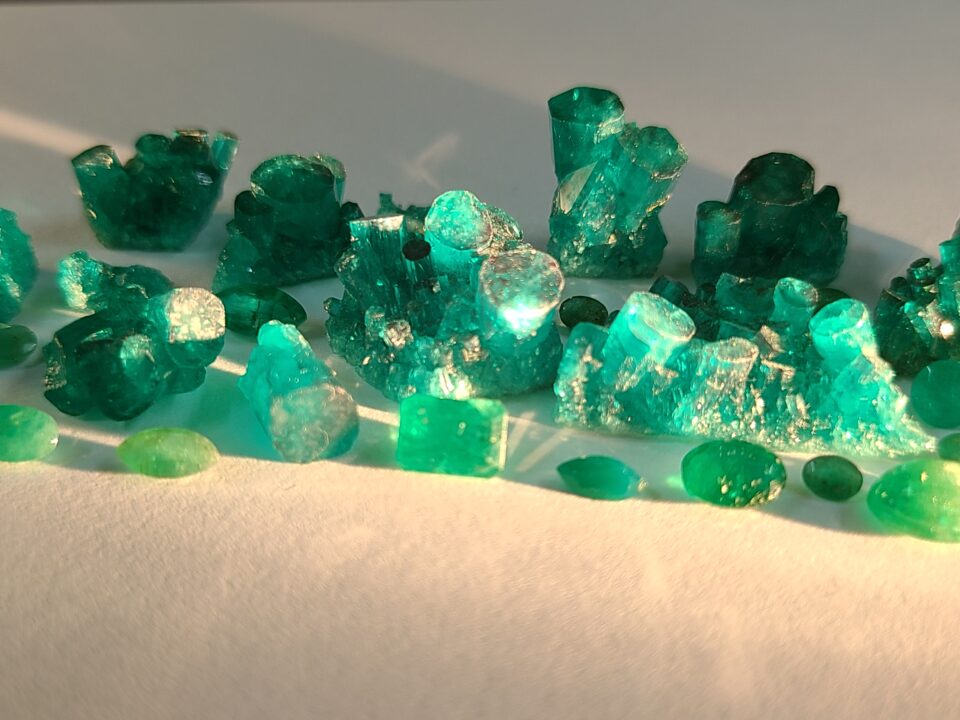Do you know anything about antique jewelry? There is a rich history behind this exquisite type of jewelry. There are three periods in the 1800s and early 1900s that we will discuss in this Antique Jewelry Series which are:
- The Early Victorian or Romantic Period (1837-1860)
- The Grand Period (1861-1885)
- The Late Victorian or Aesthetic Period (1885-1901)
In this blog we will discuss The Grand Period:
The Grand Period (1861-1885)
Tucked into the Victorian Era (1883 – 1901) is what is known as the Grand Period (1861 – 1885) which is notable for the beginning of the American Civil War. It was a time of north against south, and in some cases brother against brother. Electricity introduced in 1879 ushered in a whole new aspect to interior lighting. It’s no coincidence that diamonds gained in popularity with this new interior light source that helped the jewelry sparkle at dances and banquets. At the same time, the discovery of new diamond mines in South Africa made the gem more readily available to the newly minted industrial captains of industry.
Queen Victoria and Prince Albert
During this period, Queen Victoria was mourning her beloved Prince Albert and the jewelry of this period reflected the somber mood of this influential monarch. This meant heavy, massive pieces in gold, silver, and steel were popular. The gold tended to be in the lower 9k, 12k, and 15k category. Rolled or gold-filled designs called Doublèe was popular as well as silver which had been discovered in Nevada in 1860 and steel reflecting the era of the industrial revolution.
The most popular settings for gemstones were “hammer” or gypsy settings and pavè. A gypsy setting is flush with the stone’s surface giving it an embedded look. Pavè is set with almost invisible prongs creating a smooth, paved look and is one of the most difficult settings to create.
Popular Designs
Popular designs of the Grand Period featured natural elements like acorns, bees, birds, and flowers like daisies and irises. With the advent of archeological digs happening in the ancient world, many designers were inspired by the ancient Greek, Roman, and Egyptian artifacts that were making their way to museums around the world.
Popular Gemstones
Some of the most popular gemstones of the era were amethyst, diamond, lots of garnet, onyx, opal, pearl and turquoise. The gems were primarily in three different cuts: Rose (rounded with a domed top and flat bottom), Old Mine (rounded square with many facets) and Cabochon (rounded top, flat bottom.)
Era
This was the era that introduced post earrings, which made all sorts of earrings very popular. Bracelets tended to be heavy with buckles, wide mesh, and wide bangle designs. A new lever catch design was introduced to brooches making them more secure to wear. Memorial lockets remembering loved ones honored the many who died during the tumultuous Civil War were all too common.
By 1885, people were tired of mourning and began introducing jewelry and fashions that were lighter and more fun ushering in the Late Victorian Aesthetic Period of 1885 – 1901.
Pawn or Sell
If you own any antique jewelry, you can either pawn or sell your items at a Pawn Shop?
If you want to own some antique jewelry, check out one of Albert’s four locations or our online store. Check out Albert’s Pawn as one of the Tri-Cities Best Kept Bargain Hunters Secret.
Online Stores
We have products on online sites for your convenience:
Four Locations
Stop by one of Albert’s four locations to find the perfect bargain in the tri-cities area! Here are nine things to know about Albert’s Pawn in Tennessee.
Albert’s has been family owned and operated since 1927. No matter what part of the Tri-Cities you’re in we have a location to serve you. With two locations in Johnson City (Albert’s Loan Office and Uncle Sam’s Pawn Liquidation), Albert’s Loan Office in Bristol and our newest store, Albert’s Pawn in Kingsport – getting top dollar for your items for pawn loans and finding that item you’ve been looking for at an unbeatable price has never been easier.


